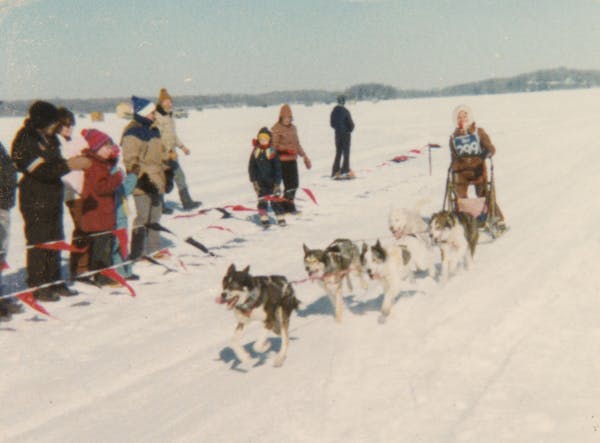Although their feet are exposed, ducks and other waterfowl like Canada geese don't seem to mind standing on ice.
Why do their feet not freeze? The answer is that birds don't have fleshy feet like ours. Theirs are mostly tough tendons. There are few nerves. However, ducks still stand on ice a lot and might freeze, but their feet are specially adapted. In their feet, arteries and veins lie against each other so that the cold returning blood of the veins is warmed by the arterial blood, affecting a rapid replacement of lost heat.
If only human feet had the same heating system.
One of the biggest problems I have in winter when taking groups on nature hikes is dealing with cold, numb feet. Not mine, however!
I learned how to dress for the outdoors years ago. You can't have much fun or learn about the winter landscape if your feet are freezing, and in Minnesota frostbite is a legitimate danger at times. Aside from wearing the latest in athletic shoe fashions as barriers to cold, a common problem is packing boots so full of socks that toes can't move. Your feet can get cold even inside a house if you do this because it cuts off the circulation of warm blood to your feet. Wearing thin, uninsulated boots isn't enough — the cold comes right through these thin coverings.
The way to keep your feet warm in winter is to wear warm socks, like those made of wool that trap more air. That layer acts as insulation, inside insulated boots which are large and loose enough to allow movement and circulation.
Jim Gilbert's observations have been part of the Minnesota Weatherguide Environment Calendars since 1977, and he is the author of five books on nature in Minnesota. He taught and worked as a naturalist for 50 years.
Canadian Taylor Pendrith leads the 3M Open in pursuit of his 2nd victory of the year
Reliever Ryne Stanek acquired by Mets from Mariners for minor league outfielder Rhylan Thomas
Singing, ceremonies and straw hats: Olympics opening ceremony in Tahiti centers Polynesian culture
Latest tests show Seine water quality was substandard when Paris mayor took a dip

